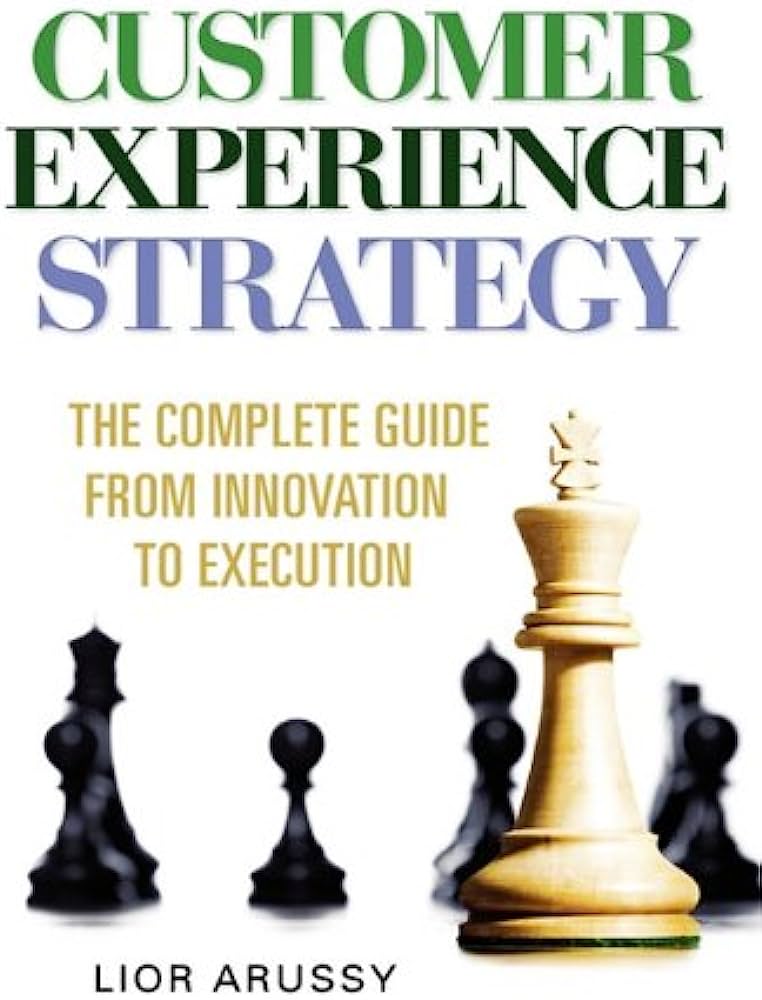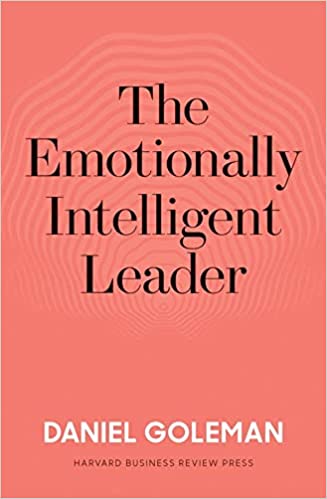Customer Experience Strategy: The Complete Guide From Innovation to Execution
RATING


“Customer Experience Strategy” is a comprehensive book on customer experience, one of the few on the subject which provides an explanation of customer experience from a theoretical standpoint as well as extensive information on methodology and tools for implementing a customer experience focus across the company.
The book is structured based on an overall view of customer experience management, tracing and defining how to develop and execute the strategy across 6 phases: define; develop; organize; deliver; measure; redefine. The author gives a good overview and examples of how to measure customer experience, proposing “The 5 Ps of Revenue” factors which are influenced by experience delivered to your customers, as well as a way of calculating the customer experience revenue opportunity through the “Return on Nothing Loyalty Model.” The book goes on to define cost drivers, elements of a memorable customer experience, memories across touch points, lifestyle segmentation, customer experience in the virtual world, customer experience mapping, elements of employee empowerment, performance evaluation criteria for employees, total experience metrics, proper survey design, and how to maintain the innovation cycle.
The author is a customer experience consultant, who has obviously given much thought into creating a holistic book which covers all aspects of implementing customer experience focus in the organization. The book does that by defining concrete tactics – from development to execution. The book also gives some useful suggestions for quantifying the incremental value of a customer experience-focused company (“5 Ps of Revenue,” “Return on Nothing Loyalty Model), which goes far and beyond many books on “how to’s” of customer experience.
Given that the book goes into such detail on ROI/incremental revenues, measuring customer experience on an ongoing basis, and customer experience mapping, the author could have provided more examples through exhibits or templates, of which the book is lacking.
While we may not agree with certain aspects of the book or the author’s approach to certain tactical applications or measures, this book is a fairly well-structured work on customer experience.
Customer experience and customer experience management (CEM) has been on the corporate agenda for several years now, and interest in the topic seems to be gaining more momentum. Reams of paper are devoted to books and articles published on the topic. So why this book? In helping organizations design and implement customer experience strategies, my colleagues at Strativity Group and I have been in the trenches many times. There we learned how to convert blue-sky concepts into real-life results. We struggled to transform sometimes rather stubborn product-centric organizations into customer-loving companies. And we succeeded. During the process, I discovered something rather simple. All the customer experience experts are publishing literature that tells why you should improve your customer experience but not how.
This is a good book for managers interested in how to design as well as implement/execute a customer experience-focused organization. Good examples of calculating the incremental value of CE based on a base case they call “Return on Nothing Loyalty Model.” There are also useful suggestions of metrics for measuring customer experience performance, such as the list of possible touch points for measuring in Chapter 12. For more information on this subject, see Senteo reviews for The Experience Economy and CRM at the Speed of Light.

This book provides a good overview in theory, while devoting much analysis on tactical application and implementation. The author also provides some suggestions of measurement methods and metrics.
See content on this topic

Sales training for front line along with basic development and coaching principles for line management.
Understanding branding and communications from the standpoint of emotional engagement and building relevant and meaningful dialogue with customers.
This course covers a complete view of customer touch points (both physical and virtual) and a unique model for standardizing and managing customer contact models across channels including approaches for customer feedback, quality management, and migration.
Understand how the innovation process changes moving from functionality and channel design to a process focused on creating value for customers.
Experiential Branding & Communications – Improving Brand Integration Through Emotional Engagement.
This course covers a complete view of customer touch points (both physical and virtual) and a unique model for standardizing and managing customer contact models across channels.
Understand the value of a customer-oriented analytics package and how behavioral scenarios can be used to improve profitability through influencing behavior and usage.
To understand the principles of game dynamics and learn how to effectively use the elements of gamification in business: to involve customers, employees and contractors in the process.
Understand the components and features in a complex Customer Relationship Management system (infrastructure, architecture, functionality, etc.) and the uses and benefits for both the business and the customer.
Understanding the range and function of different relationship management processes used to build customer engagement models and manage the quality of customer relationships.
Understand how the innovation process changes moving from functionality and channel design to a process focused on creating value for customers.
Understanding the drivers and mechanics of corporate culture will help any management to design and develop an organizational culture for success and growth.




 Copy Link
Copy Link
 E-mail
E-mail
 LinkedIn
LinkedIn
 Facebook
Facebook
 Telegram
Telegram
 WhatsApp
WhatsApp
















 Go Back
Go Back
Leave a Reply
You must be logged in to post a comment.